The bond between humans and animals runs deep, dating back thousands of years. What started as a simple relationship based on survival has transformed into the loving companionship we experience with pets today. Let’s explore the fascinating journey of how animals evolved to become our cherished friends and family members.
1. The Early Days: From Wild to Domesticated
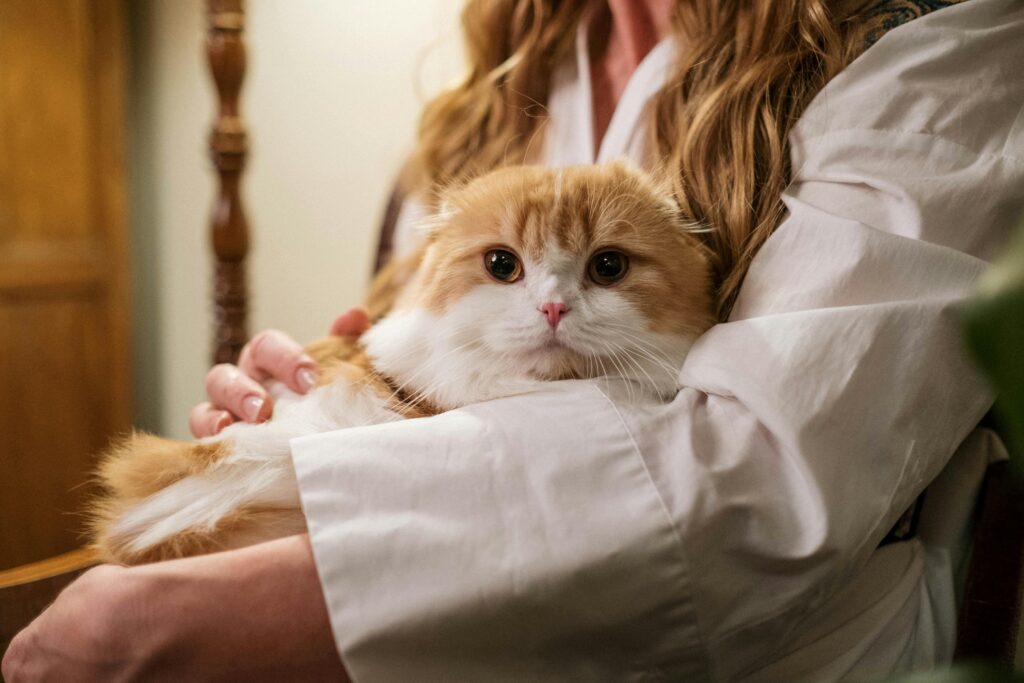
The journey of pets began over 15,000 years ago when our ancestors transitioned from nomadic hunter-gatherers to settled agricultural societies. Wolves were among the first animals to form a partnership with humans. These early wolves were attracted to human settlements due to the availability of food scraps. Over time, the wolves that were less aggressive and more sociable gradually began to evolve into what we know today as domestic dogs.
This initial bond was beneficial for both parties. While humans gained protection and help with hunting from these early dogs, the wolves received a steady source of food and shelter. This mutual relationship laid the groundwork for the close companionship we now enjoy.
2. The Rise of Cats: Silent Partners
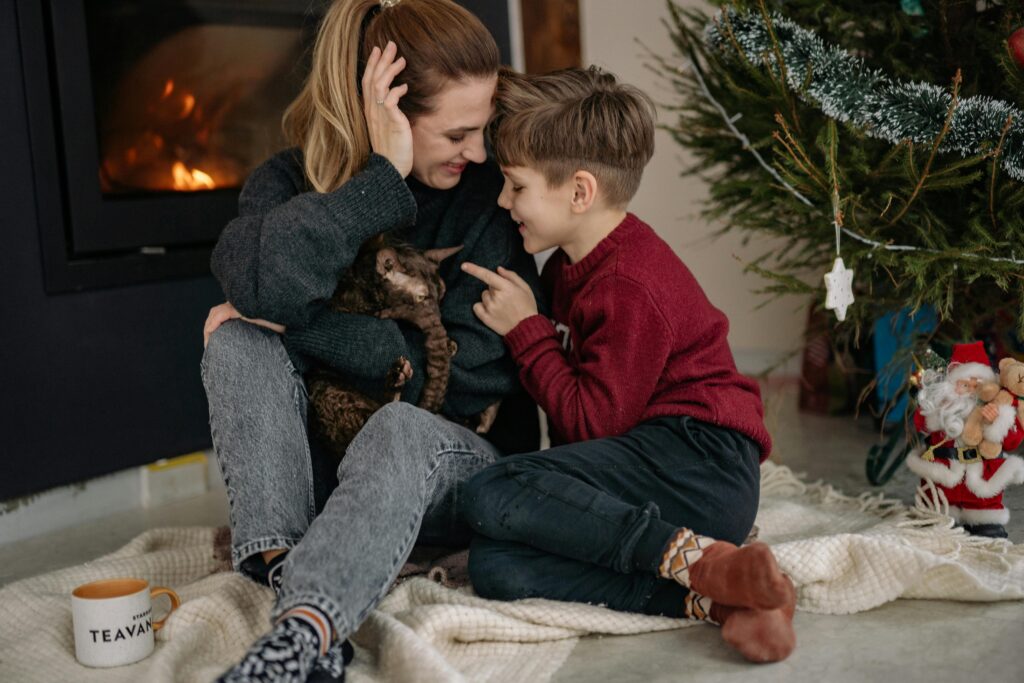
Cats, on the other hand, took a different path to domestication. As humans began to store surplus grains, they inadvertently created a buffet for rodents. This, in turn, attracted wild cats, which helped control the rodent population. The cats that were less fearful of humans thrived in this environment, gradually becoming more sociable.
Unlike dogs, cats were not intentionally domesticated but rather chose to live alongside humans. This unique relationship allowed cats to remain largely independent while still providing valuable pest control, leading to a lasting bond between species.
3. Breeding for Traits: The Role of Selective Breeding
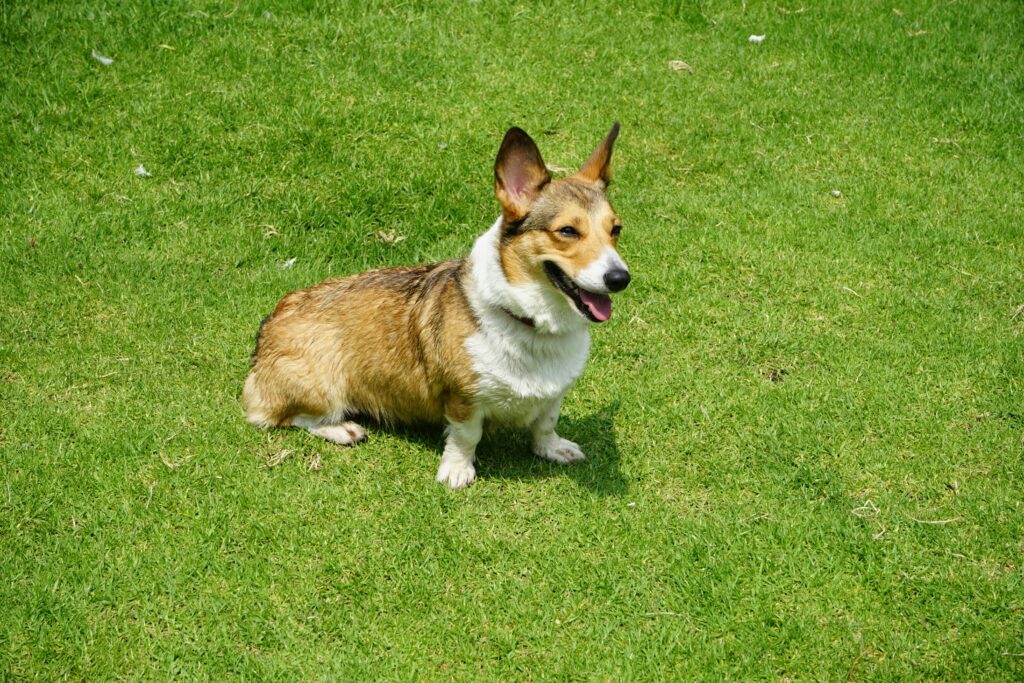
As societies developed, so did our understanding of breeding. Humans began to selectively breed animals for specific traits that complemented their lifestyles. Dogs were bred for various purposes, including herding, hunting, and companionship. Breeds like the German Shepherd were developed for herding and protection, while others, like the Cavalier King Charles Spaniel, were bred for companionship.
This selective breeding not only led to a variety of dog breeds but also shaped their roles in human society. As dogs became more specialized, their relationships with humans deepened, transforming them from mere helpers to beloved family members.
4. Companionship in Ancient Civilizations
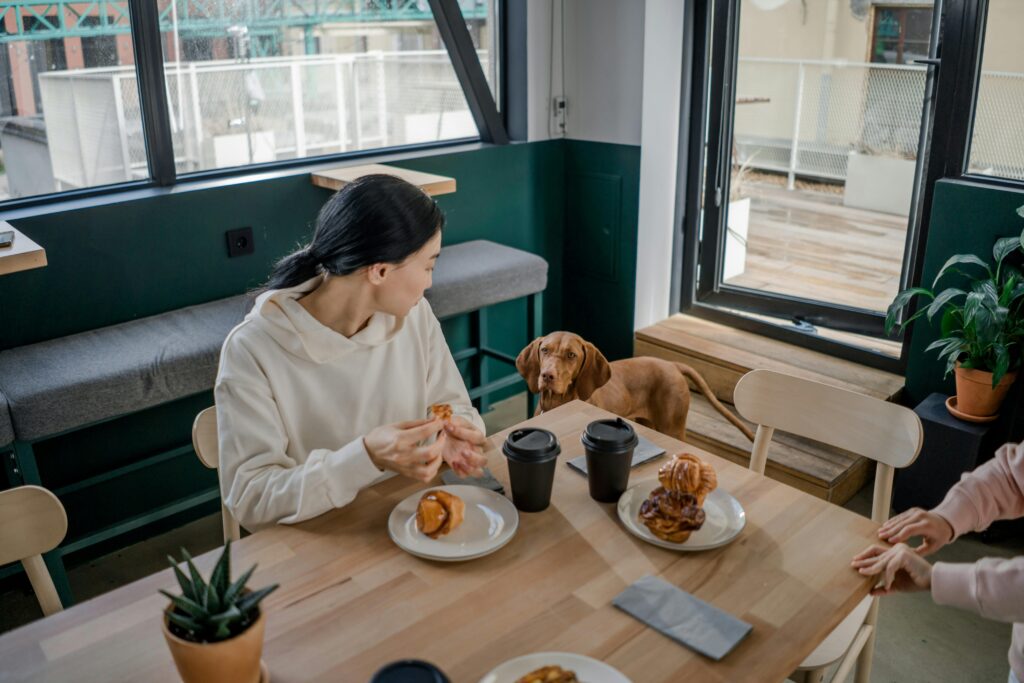
In ancient civilizations like Egypt, Greece, and Rome, animals played an important role in daily life. Cats were revered in ancient Egypt, often considered sacred and treated with great respect. Dogs were celebrated in Roman society, valued for their loyalty and companionship. This reverence for animals helped solidify their place in human culture as beloved companions.
5. The Pet Culture Boom: A Shift in Perspective

Fast forward to the 19th century, and we see a significant shift in how pets were perceived. The concept of pet ownership blossomed, with animals transitioning from working companions to cherished family members. The Victorians were instrumental in this change, promoting the idea that pets provided emotional support and companionship.
The establishment of organizations like the American Kennel Club (AKC) in 1884 further solidified the pet culture by recognizing and promoting different breeds. This period saw an explosion of pet-related businesses, from grooming to pet food, as people embraced their pets as integral parts of their families.
6. Pets in the Modern Era: Companionship and Therapy
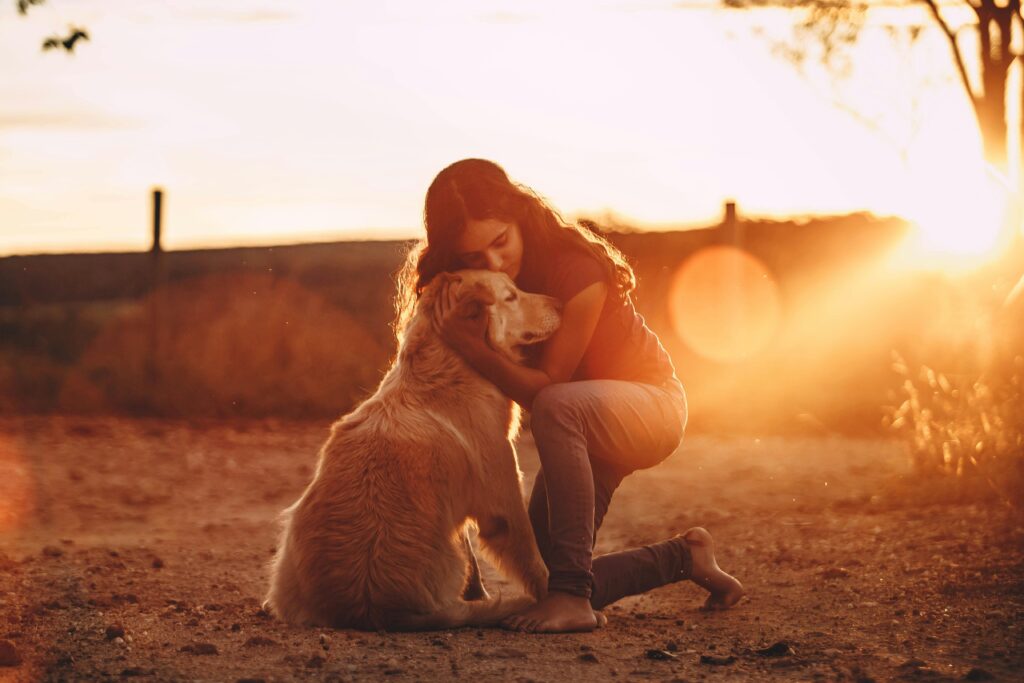
Today, pets are more than just animals; they’re considered part of the family. The role of pets has evolved to encompass companionship, emotional support, and even therapy. Studies have shown that having pets can reduce stress, lower blood pressure, and improve overall mental health.
Animals like dogs and cats are now recognized as therapy animals, providing comfort and support in hospitals, nursing homes, and schools. This evolution has highlighted the profound impact pets have on our emotional well-being and the importance of our bonds with them.
7. Service Animals: Assistance Beyond Companionship
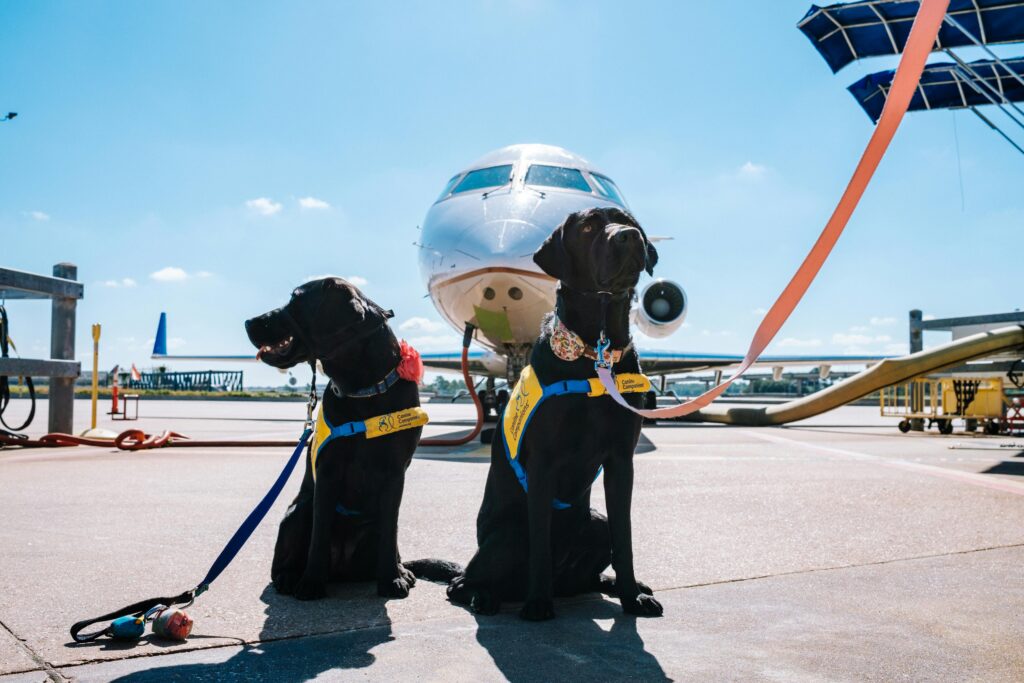
The role of animals expanded to include assistance for individuals with disabilities. Dogs are trained as service animals to aid people with visual impairments, hearing loss, and mobility challenges. These animals provide more than companionship—they offer independence and improve the quality of life for their human partners.
8. The Impact of Technology: New Ways to Connect
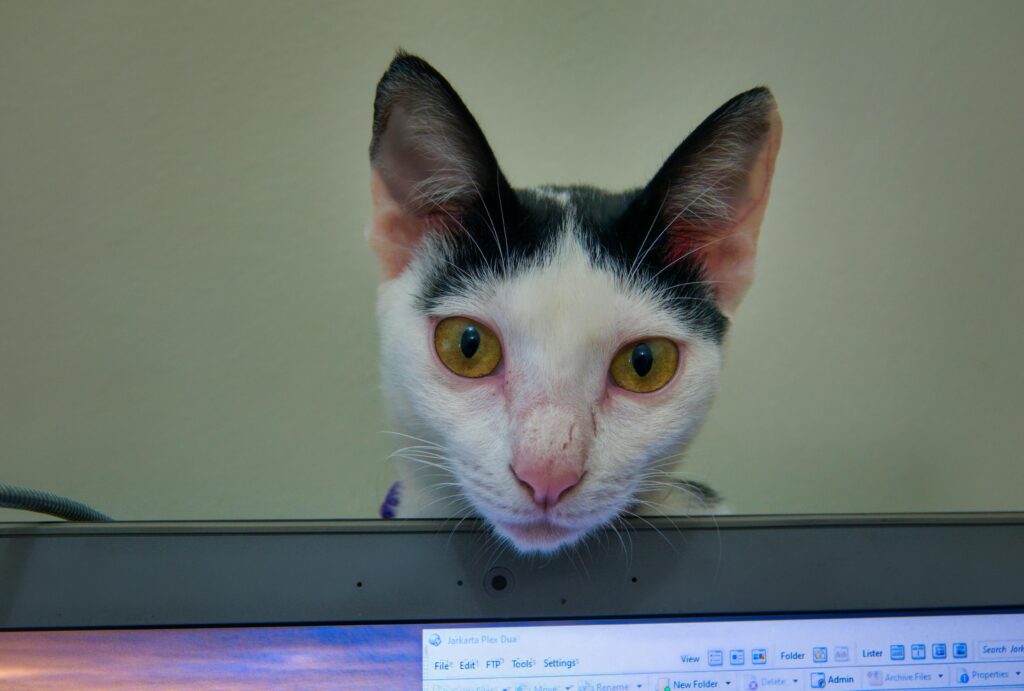
The advent of technology has further transformed the way we care for and interact with our pets. From pet cameras that allow us to check in on our furry friends when we’re away to fitness trackers that monitor their health, technology has made it easier to keep our pets happy and healthy.
Additionally, social media has created a platform for pet owners to connect, share experiences, and seek advice. This virtual community fosters a sense of belonging and support among pet lovers, emphasizing the growing importance of our relationships with animals.
9. Emotional Support Animals: Comfort in Times of Need
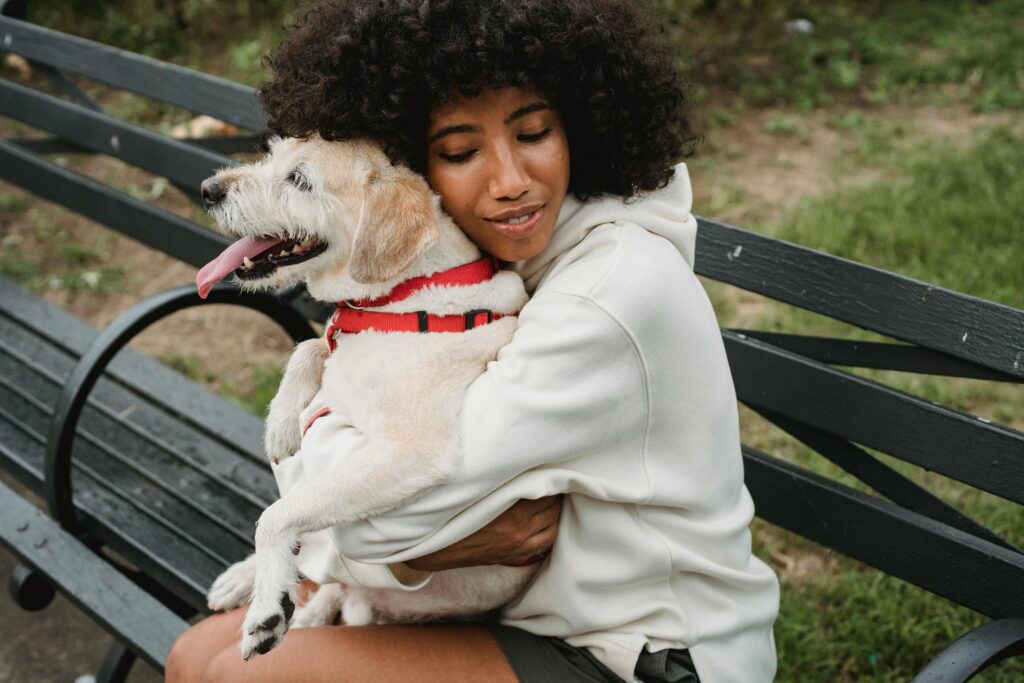
The rise of emotional support animals (ESAs) has highlighted the role of pets in providing mental health benefits. ESAs are not limited to dogs—cats, rabbits, and even birds can serve as emotional support animals. Their presence helps reduce anxiety and provide comfort, especially during stressful times.
10. Pets in Pop Culture
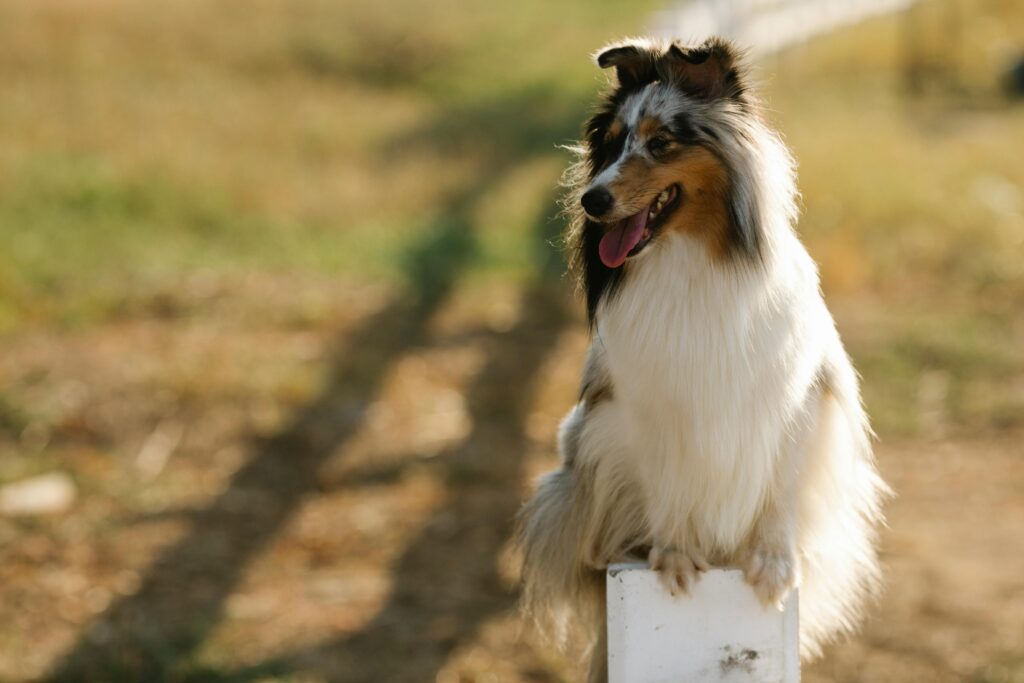
The portrayal of pets in movies, books, and television has helped shape our understanding of animals as family members. Characters like Lassie, Garfield, and Scooby-Doo have become beloved icons, further reinforcing the bond between humans and their pets. Pop culture has played a role in normalizing pet ownership and celebrating the unique personalities of our furry friends.
11. The Rise of Pet-Friendly Workplaces
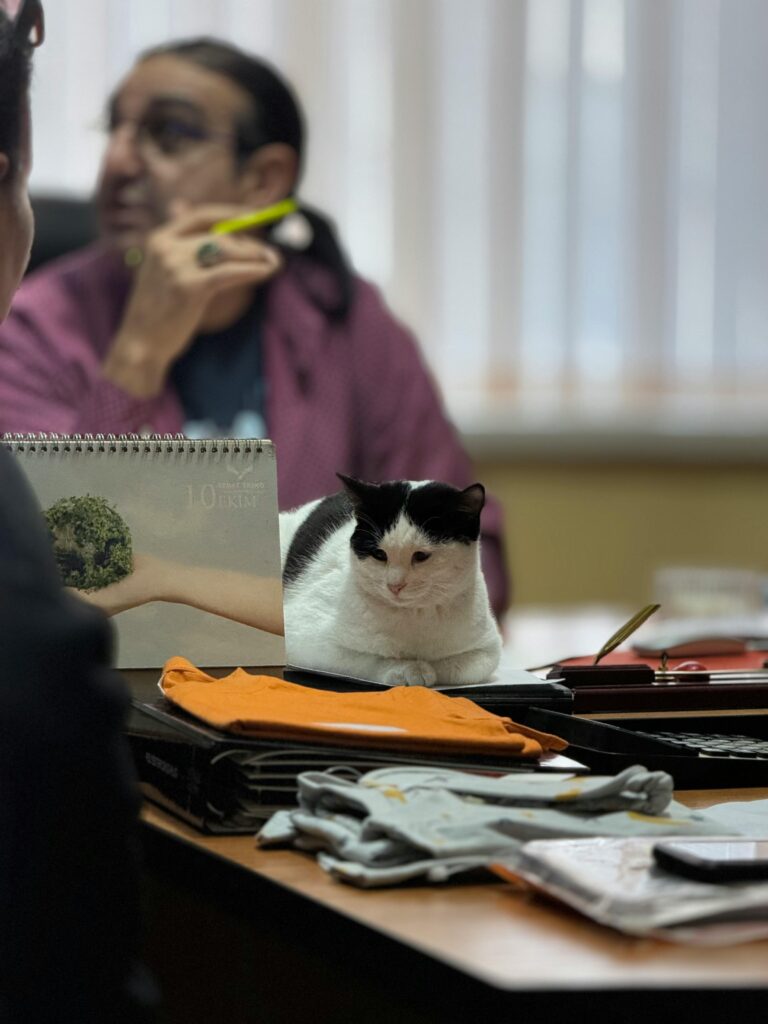
More workplaces are becoming pet-friendly, allowing employees to bring their dogs to work. This trend not only helps reduce stress but also promotes a positive work environment. Pets in the workplace encourage social interactions, boost morale, and remind us of the important role animals play in our lives.
12. The Human-Animal Bond in Crisis Situations
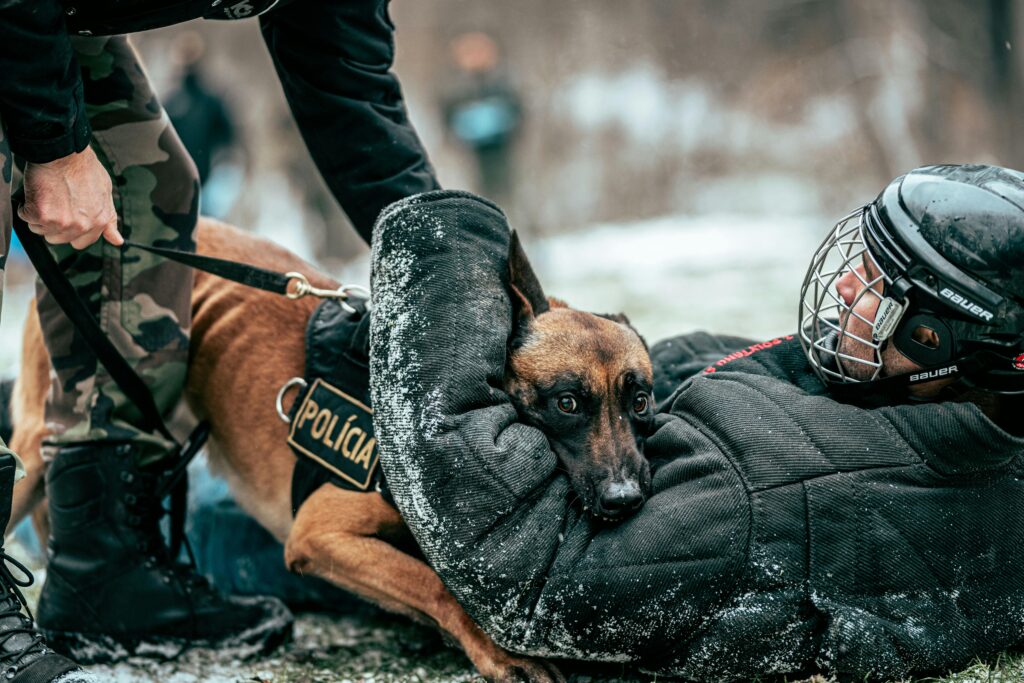
Throughout history, animals have played a crucial role in helping humans during crises. Dogs have been used in search-and-rescue operations, providing essential services during natural disasters and emergencies. Their loyalty and ability to work alongside humans in difficult situations have solidified their status as true friends and partners.
13. Animals in Therapy and Rehabilitation
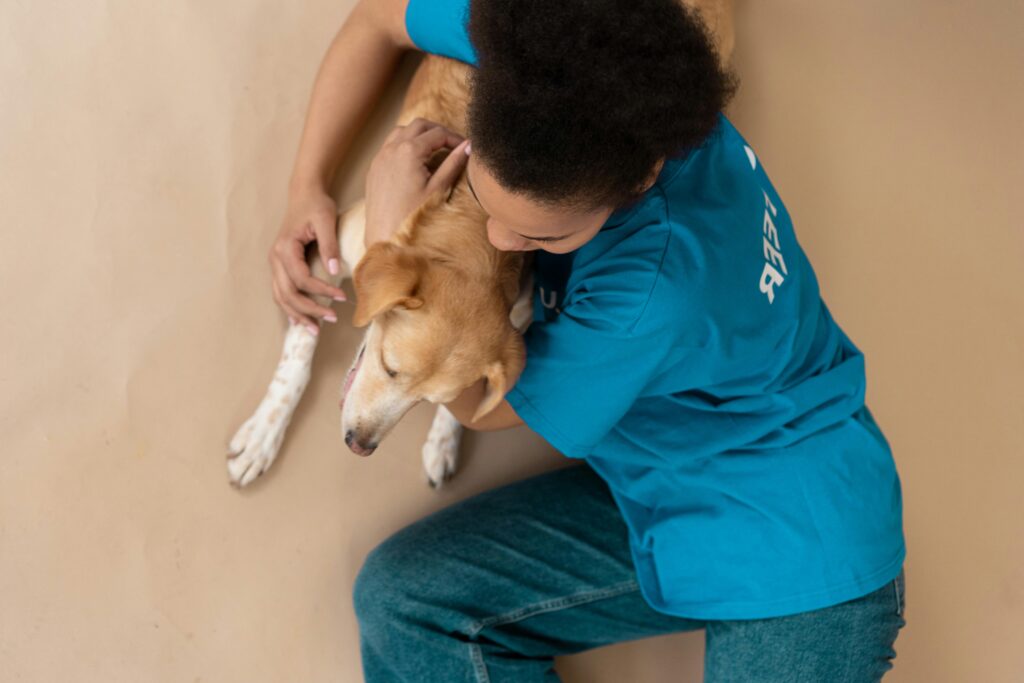
Beyond emotional support, animals have been used in therapeutic settings for physical rehabilitation. Equine therapy, for instance, has helped individuals with physical disabilities improve their balance and coordination. The use of animals in therapy demonstrates their capacity to assist in both emotional and physical healing.
14. Animal-Assisted Reading Programs
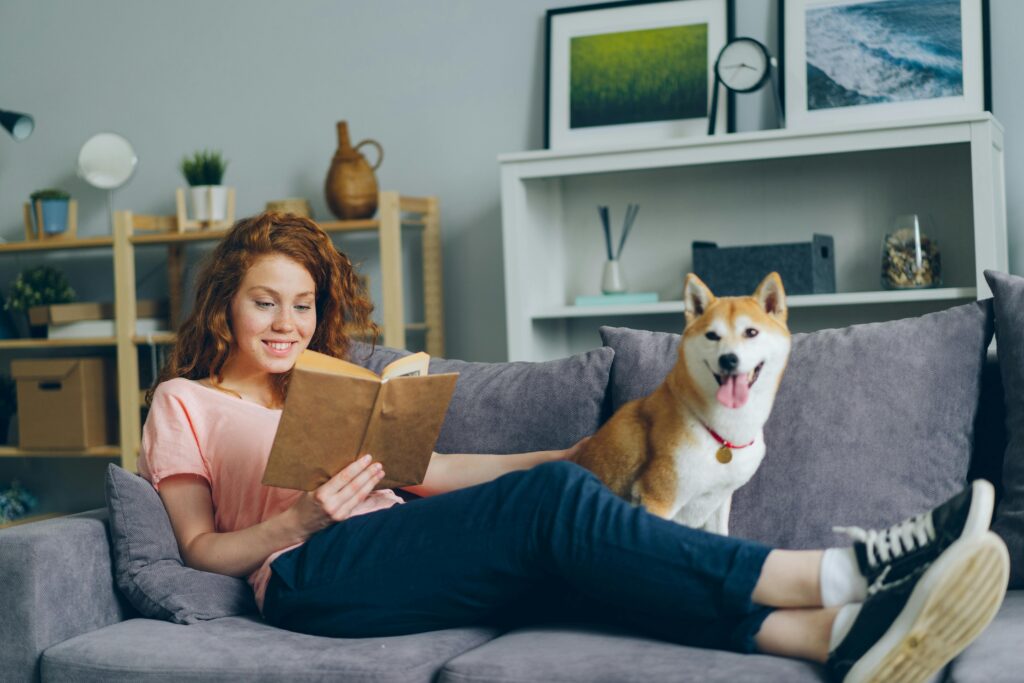
Dogs have been introduced into schools and libraries as part of animal-assisted reading programs. These programs help children improve their reading skills by providing a non-judgmental, comforting presence. The bond between the child and the animal helps build confidence and fosters a love for learning.
15. Shelter Animals: Second Chances and Forever Homes
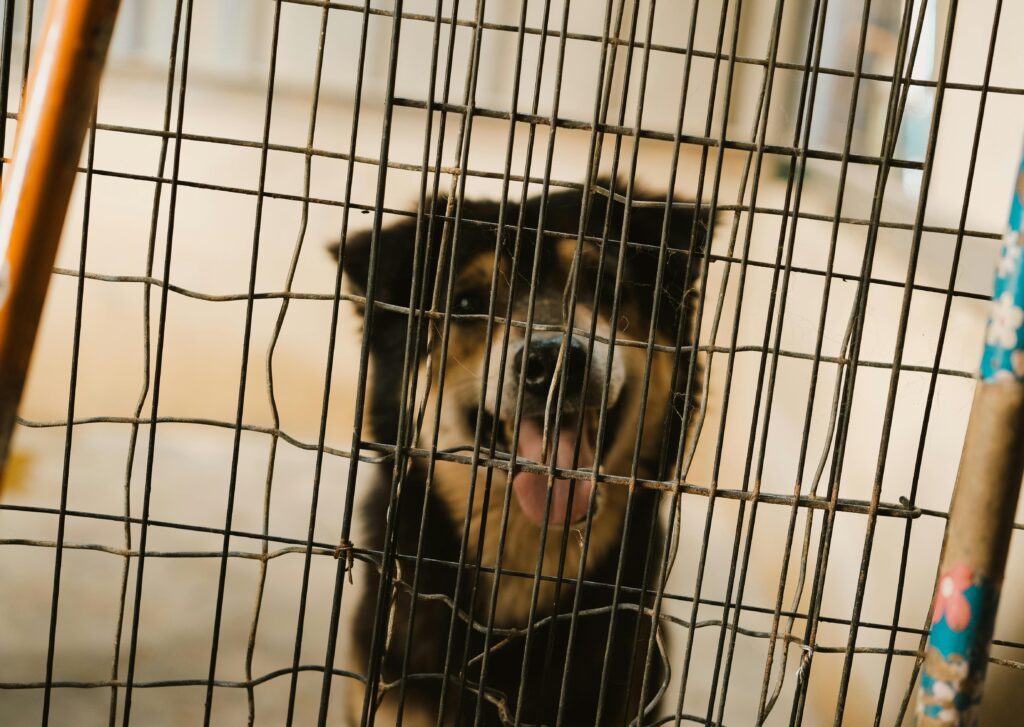
The rise of animal shelters and adoption programs has given many animals a second chance at life. Adopting a pet from a shelter not only saves an animal in need but also brings immense joy and companionship to the adopter. The adoption movement has highlighted the value of giving every animal a loving home.
16. The Future of Pet Ownership: A Continued Bond
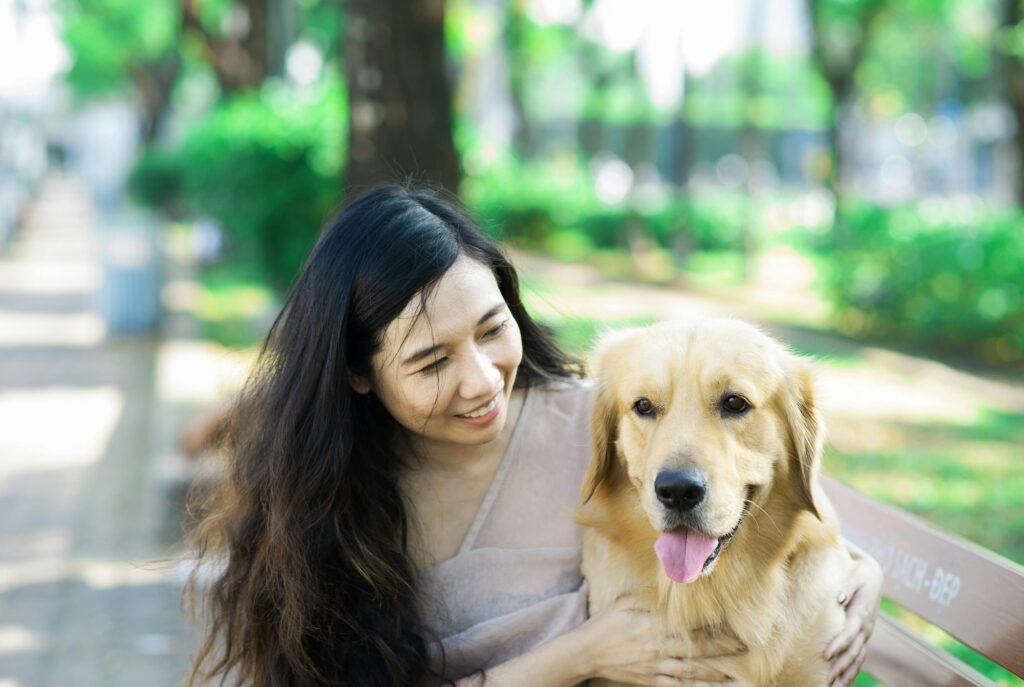
As we look to the future, the bond between humans and pets is likely to continue evolving. With advancements in veterinary care and a growing emphasis on animal welfare, we’re becoming more aware of our pets’ needs and emotions. The idea of treating pets as family members will only strengthen, promoting a more compassionate and understanding society.
The journey from wild animals to beloved family members has been a long and fascinating one. These 16 ways highlight the unique and evolving bond between humans and animals—a bond that will continue to grow for generations to come.


